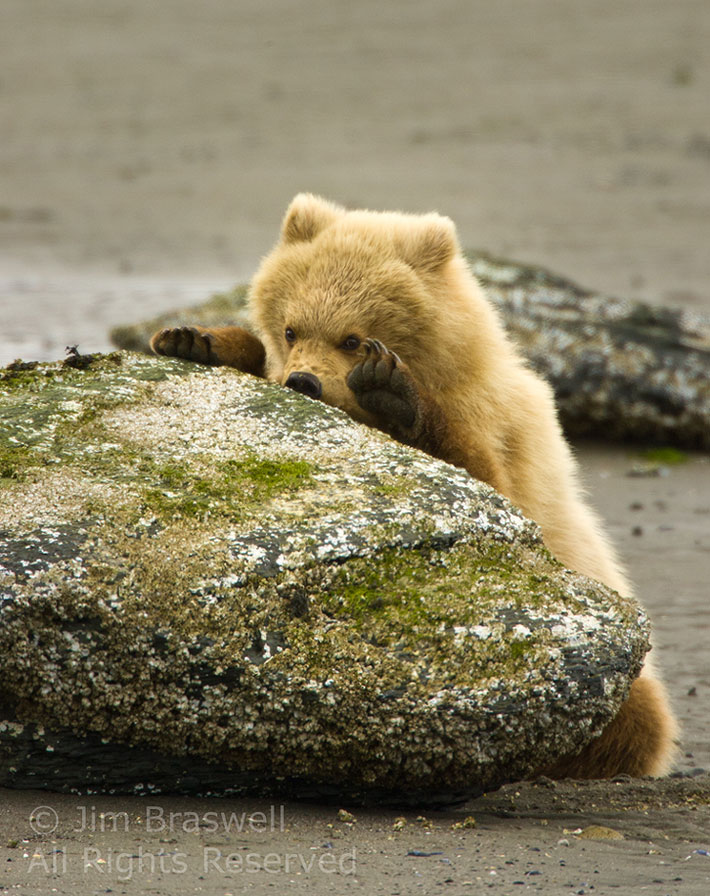By Bob Friel
Using a high-definition “Deep Blue” camera and special face masks, SeaDoc divers can feed live video and narration to topside audiences who get to enjoy all the underwater action while staying warm and dry.
SeaDoc has performed these extremely popular “virtual dives” for several years using borrowed video gear, but thanks to a generous donation from the Benedict Family Foundation, we now have our own upgraded camera equipment that we’ve modified to better showcase and record marine creatures big and small. The next step is to acquire the capability to stream our virtual dives over the internet to reach even larger audiences for education, research, and fundraising opportunities.
If you think you have the right setting—waterfront home, marina, or large boat—and an audience that wants to support SeaDoc’s work and see the wonders beneath the Salish Sea without getting wet, ask us about organizing a virtual dive.
Underwater video by Bob Friel












 We've created a printable checklist of all the bird and mammal species that depend on the Salish Sea.
We've created a printable checklist of all the bird and mammal species that depend on the Salish Sea.